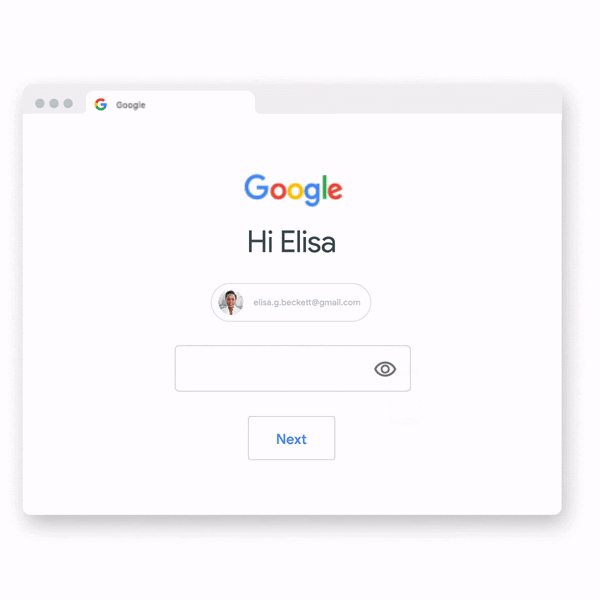Google announced today its plans for the automatic enrolling 150 million user accounts in the two-step verification (2SV) system by the end of the year.
These are accounts to which Google 2SV connectivity can be enabled, but users have not done so themselves.

"We are currently automatically registering Google accounts that have the appropriate backup mechanisms to make a seamless transition to 2SV", Reported Google in a blog post.

Also included are users with modern smartphones running the latest versions of the Android operating system.
Once Google enables 2SV, users will have to confirm a prompt that appears on their smartphone every time they log in to the account them with a new device, app or browser.
Today's announcement is the first step Google has taken to launch the 2SV auto-registration plan, which it announced in May when it promised to automatically enable 2SV connection support for all its users by default.
Under this plan, most users will have 2SV enabled in their accounts by next year.
In addition, Google is also taking steps to secure the accounts of YouTube creators, which have often been the focus of many breaches in recent years.
As of November 1st, Google stated that all the accounts δημιουργών του YouTube που έχουν ενεργοποιημένες τις δυνατότητες δημιουργίας εσόδων δεν θα μπορούν να έχουν πρόσβαση στην ενότητα YouTube Studio, except even if they activate 2SV.
Let's mention that the market for hacked YouTube accounts is booming in the hacking underground Forums, and prices range from $5 to $1.000.





